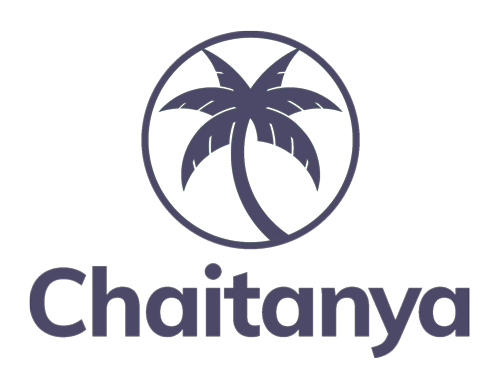March 16, 2023
Introduction
The microfinance industry started in the 1990s in India by taking inspiration from the Grameen model of Prof. Mohammad Yunus in Bangladesh.
Over the years, MFI (Micro Finance Institutions) have helped India boost financial inclusion, self-sufficiency, stability, women’s entrepreneurship, financial literacy, and digitization.
To put things in perspective, microfinance is a type of financial service that offers loans, credit, insurance, and saving accounts to small-scale, low-income businesses and entrepreneurs.
It’s evident that the best microfinance is beneficial for those who didn’t get benefits from the traditional loan lending system. On the other hand, microloans typically bear higher interest rates as compared to traditional bank loans.
Why is Microfinance Important for India?
Microfinance lets entrepreneurs or individuals who do not have a sound financial background access capital.
Approximately, half of India’s individuals do not have a basic savings account. Though, things have changed after the introduction of Jan Dhan Accounts.
And everyone needs financial assistance to accomplish their goals for asset accumulation and risk management.
At this juncture, microcredit comes and assists these low-income groups in making sound business investments.
Features of Microfinance
We’d like to highlight some of the important aspects of microfinance institutions in India below.
- Generally, microfinance lends only small tickets of loans
- Borrowers are individuals with weak or no financial background
- Tenure of a loan is limited as per the agreement between a borrower and the institution
- The repayment frequency is higher as compared to traditional loans
- The most important point is microfinance companies don’t stress on collateral to grant loans
How is the best Microfinance Company working?
Indian microfinance lends loans through two channels:
- The Self Help Group-Bank Linkage Programme (SBLP)
This model was established by the National Bank for Agricultural and Rural Development (NABARD) in 1992.
This channel consists of groups (10-15 members) mostly financially unstable females. They deposit their savings to the group on a regular basis. And in return, these savings are used as capital to lend money.
This is the proven model that gained popularity in helping women entrepreneurs.
Once these groups reach the stability point, they can operate with negligible support from NABARD, or any other entity established for this purpose.
- Microfinance Institutions
The primary objective of these organizations is to lend money to the underprivileged part of the population with a motive to generate earnings. But with a small twist.
We learned about Self Help Groups above, by taking this as a base MFIs lend money to Joint Liability Groups. Wherein the members of the group take the liability for each other and repay the loan as per the terms.
JLG is found to be very efficient in providing loans by microfinance companies.
Key metrics of India’s Microfinance Industry
As per MicroFinance Institutions Network’s report, some of the key metrics of the Microfinance industry are mentioned below.
- Women from low-income households comprise 99% of total micro-credit disbursement.
- 98% of loans are distributed through JLGs.
- Nearly 194 members are part of the microcredit network which includes Banks, Small Finance Banks, NBFC-MFIs, and NBFCs(Non-Banking Financial companies).
- The industry is providing services across 632 districts of India. As an outcome, 76% of the total loan portfolio is dominated by rural and the rest by the urban population.
- Unlike banks, this industry has only 1% as Non – Performing Assets (NPAs) out of the total loan disbursements.
An overview of the scope and future of Microfinance
After a hugely successful decade, the Reserve Bank of India (The regulatory body of the Microfinance Industry) has introduced a new category of NBFCs (Non-Banking Financial Companies) called NBFC-MFIs. With rules & regulations to protect customers from any kind of fraudulent practices.
Presently, the Microfinance industry has 100 regulated Banks, SFBs, NBFCs, and NBFC-MFIs to serve low-income individuals in India.
RBI has set a clear regulatory framework for the future of microfinancing to have a sound underlying business model, better financial performance, and potentially large untapped demand from the world’s most populous country.
But till now, only 34% of districts of our nation hold 80% of India’s microcredit portfolio. So, there is a remaining 64% to tap by industry players.
Conclusion
The future of Microfinance is a bright and untapped opportunity. And the huge disparity between the rich and poor classes, says that poor people are yet to enter the organized financial channels. As Microfinance is a concept that is built to help out the poor, that’s why it’s essential to address all the loopholes by MFIs, RBI, and the government of India to let the Microfinance Industry grow immensely in the coming years.


